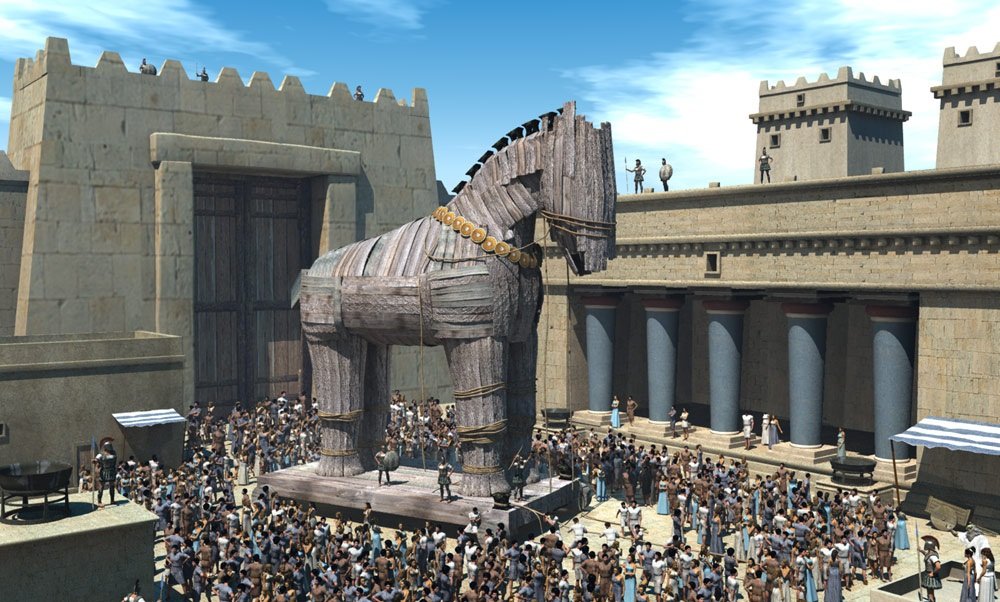The story of Polyxena, the beautiful daughter of the Trojan king Priam.
Polyxena is the beautiful daughter of the Trojan king Priam. The sister of Hector, the brave son of Anatolia, and of Paris, who could not protect her vain…
Polyxena means the end of the Trojan War. The Trojan War officially ended with the murder of Polyxena. The war, which started with the murder of a woman, ends with the murder of another woman… Yes, the Trojan War begins with Agamemnon sacrificing his daughter Iphigeniea to the gods in order to provide wind for his ships. The gods gave wind for the ships of Agamemnon, who sacrificed his daughter, and the Aka navy began the Trojan expedition… In some myths, just as Agamemnon was about to sacrifice his daughter, the goddess Artemis took pity on the girl and came from the sky with a deer and saved the innocent Iphigenea.

Anyway. While everything was going in favor of the Trojans in the legendary world war of ancient times, which started with the sacrifice of a woman, the course of the war suddenly began to turn in favor of the Achaeans after Achilles martyred Hector. The old king Priam goes to beg Achilles to take his son’s body. Priam is accompanied by his most beautiful daughter, Polyxena. A love affair begins between Achilles and Polyxena. Two individuals from both sides who fight during the day meet at night and make love…
Time after time, the Achaeans took over the city by resorting to the Trojan horse trick. But as Troy falls, Achilles dies from the arrow shot by Paris. Achilles died but Troy fell. Most of Troy is captured. Princess Polyxena is very sad about the death of her lover Achilles and the burning and plundering of her city, Troy. Polyxena falls to the share of Achilles’ son Neoptolemus as spoils . Neoptolemus and the Myrmidons sacrifice the Trojan Princess Polyxena at the tomb of Achilles.

Thus, the Trojan War, which started with the sacrifice of Iphigeneia, ends with the sacrifice of Polyxena… The statue below depicts Neoptolemos’ sacrifice of Polyxena; This statue was made by the sculptor Pio Fedi in 1865 and is now located in the Loggia Die Lanzi in Florence:
Additionally, the Polyxena sarcophagus, which is exhibited in the Troy Museum today, has images depicting the sacrifice of Princess Polyxena.






